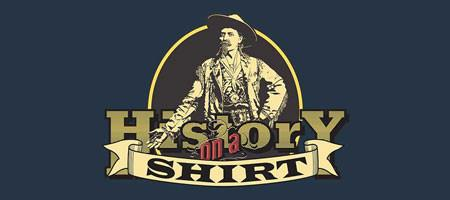The End of Aerial Duels
Last week’s post explained how the summer 1917 Gotha attacks on London caused Arthur Gould Lee’s squadron to be in England. Though they didn't get to fight any Gothas, they comforted the population while developing their skills at formation flying.
The practice in formation flying was itself the beginning of a major change. The period that WWI aviation is best remembered for was the aerial fighting in 1916 and 1917: “when enemies in the air could fight without mercy but without hate, could even respect and admire each other’s skill and valour.” But
when, on the formation of the Royal Air Force in April, 1918, the brief life of the R.F.C. came to an end, so did the conditions that permitted the phase of the knightly duel.By that time the air was crowded with hundreds of fast and lethal fighters, which operated in large disciplined formations. In the vast dog-fights that often developed, air fighting became an affair of fleeting brushes between flights of three or four planes held in tight tactical cohesion, with neither chance nor mood for knightly attitudes.
When the Force Flies With You
Airplanes were uniting as an air force, and the British government realized their unpreparedness against the Gothas had been partly due to interservice rivalry. The decision was made for air power to be its own military service, leading directly to the 1918 formation of the Royal Air Force, and preceding a similar US decision in 1947 by one world war.
Some US aviators, most famously Billy Mitchell, tried to get a US Air Force formed between the wars. But at this particular time in 1917, Billy Mitchell was performing another service for US aviation – pulling strings to get his personal driver, race car legend Eddie Rickenbacker, into the pilot training which he was too old for. “Mitchell must have snipped some red tape somewhere,” Rickenbacker said.
Back to the Front
The two fighter squadrons enjoyed their time at home, but saw “ambulance trains bringing badly wounded troops by the thousand“ from the Battle of Passchendaele. “Ugly rumours spread that we were suffering far heavier casualties than authority admitted.” Hearing that the air war had also increased in savagery, they felt they should be back at the front lines, where “Richtofen was there with this enlarged ‘Circus’, the three-Jasta, Jagdgeschwader I, spearhead of the German attempt to gain mastery of the air over the battlefield.” (Actually Manfred von Richthofen and his brother Lothar were grounded, recovering from wounds at the time. But the legend of the Red Baron, and the Flying Circus, fought on.)
At the end of August, Lee’s squadron finally went back to France, having never come within shooting distance of the enemy while in England, but unknowingly having been in the middle of major developments in aviation history.
